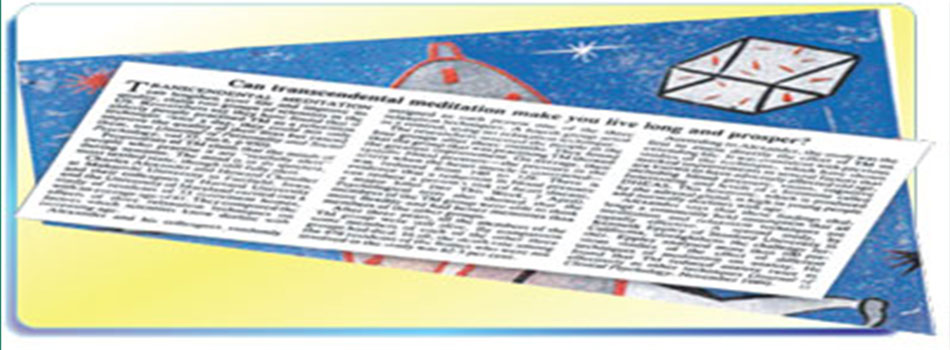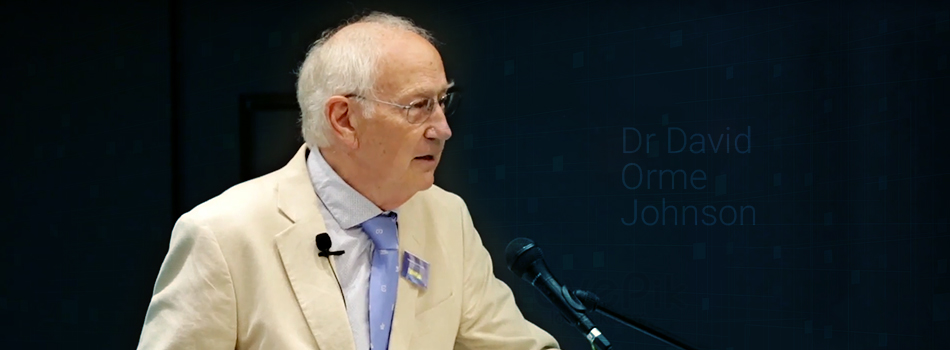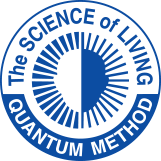
Are Eastern meditation techniques more effective?
published : 5 January 2016
Asia and its role in civilization
Asia is the birthplace of civilization. Religion, philosophy, science, and technology - they all are deeply rooted in Asian soil. Asia is the birthplace of the major religions - Islam, Buddhism, Hinduism, and Christianity.
2,500 years ago, in Greece, when Aristotle and Plato talked about the division between the elite and the slave class in their theory of democracy, Mahamati Buddha preached the message of equality, friendship, and brotherhood in this Bengal. He said, no one is born a Brahmin or an Achuta (untouchable), but it’s their work that makes them one.
Greece has a history of only 2500 years of practicing law and democracy. But in the East, 7000 years ago the first code of laws was set down during the reign of Hammurabi. Most European languages are descended from the Aramaic language of the Babylonian civilization that developed along the Euphrates River.
The sewage system was introduced in the cities of Europe only 150 years ago. Whereas the Mohenjo-daro-Harappa drainage system is 4,000 years old. No technology could yet produce the finest fabric like Dhaka's muslin, and the world could not come up with a cleverer game than chess which was invented in Bengal.
Mathematics is the basis of all sciences, and the basis of mathematics is zero. Zero was invented in Bengal. From Bengal this 0 went to Arab, and from Arab it went to Europe, and a revolution took place in the realm of science.
How Meditation Started in Asia
The greatest gift that Asia has given to the world is meditation. The Eastern sages have shown for thousands of years how bringing the mind and the brain to the meditative level can make many impossible things possible.
Various meditation techniques have been developed from this path taught by the sages. Dravidian civilization gave us yoga. Mahamati Buddha taught the Vipassana method of meditation. Meditation became popular in China as Chen and in Japan as Zen, which was derived from the Bengali word Dhyan, meaning meditation.
Auliya-dervishes gave us Sufism and Morakaba. Thus, the East is the base for a long, rich culture of meditation. All current meditation and mind control methods in the West and East have evolved from these basic sources of meditation.
How it continued in the West
The 20th century was a big turning point in the universal practice of meditation. Zen meditation and Sufi meditation began to gain popularity in the early part of the century. D.T. Suzuki, Lobsang Rampa, and Hazrat Enayet Khan played an important role in spreading these meditation techniques. A revolutionary change took place in the United States in the second half of the 20th century. Tibetan saint Dalai Lama’s Zen; TM of Maharishi Mahesh Yogi and Meditation on Universal Love by Hazrat Jalaluddin Rumi began to gain popularity. As the popularity of these Eastern meditation techniques spread, in the 1960s the West started their own meditation for self-improvement and relaxation.
Around 50 meditation techniques including Psycho Cybernetics (1964), Silva Method (1966), and EST (1968) were initiated. But in the 60s and 70s, there was no shortage of people who were skeptical about the effectiveness of meditation. Several researches have been conducted as a result. Each of the research results came in favor of meditation.
The reason for this universal interest in Eastern meditation methods is its effectiveness. A report published in the April 28, 1990 issue of New Scientist, a weekly magazine from England, said that Eastern methods of meditation are more effective in increasing the quality of life and life expectancy in the elderly. Two groups of US scientists conducted a study on 73 retirement home residents with an average age of 81 years. The residents were randomly selected and divided into four groups. Three different meditation techniques were taught to the three groups, one of which was the TM or Oriental Meditation method. The 4th group was not taught any kind of meditation.
After three months, the researchers surveyed the condition of the four groups of people. It was found that the group that practiced TM had remarkable change. Their systolic blood pressure dropped from 140 to 128 which meant that their risk of heart disease had reduced. Psychological tests also showed that both their thinking power and memory improved compared to other groups.
Three years later, the survey was conducted again and it was found that some people from the remaining groups had died, but all in the TM group were alive. It should also be noted that the death rate of the 478 people in the retirement home who were not included in the study was 62.5%. In other words, the results of this research have highlighted the effectiveness of meditation to increase life expectancy and proved the superiority of the Eastern method.
Professor Charles Alexander, the leader of the research team, commented, "The results of this study challenge the conventional idea that all meditation methods are equally effective." This challenge is reinforced by another study by Kenneth Epley of Stanford University. Kenneth Epley tested the effects of over 100 meditation techniques on anxiety. He found that TM worked twice as effectively as other methods in reducing anxiety.
Over 100 experiments in the West have proven that the Eastern method of meditation is the best when it comes to meditation. Research conducted by Harvard University, Stanford University, and about 60 universities and various research institutes in the United States have found the same result that Eastern methods are at least twice as effective as Western methods.
However, this may be because there is a latent mechanism in Western mind-control methods that acts as a barrier to the mind's immersion in its full bliss. Eastern methods, on the other hand, being free from such mechanics, easily lead the mind into absorbed consciousness.
Dr. Akira Otani of the University of Maryland meta-analyzed the reports on the impact of Eastern methods of meditation on brainwave and neuro-physique. He then reported in the American Journal of Clinical Hypnosis that when it comes to healing, Eastern meditation methods are more effective than Western methods.
Quantum Method - a successful successor of Eastern Meditation Techniques
A successful successor of all the Eastern styles of meditation is the Quantum Method. Enriched with Yoga, Vipassana, and Morakaba extracts, the Quantum Method is a proven holistic meditation method suitable for people of all religions.
Quantum Method’s success is not confined to its decade-long research only. Rather, the first evidence of its effectiveness was witnessed on January 1, 1993, when 400 journalists and guests in the public library auditorium not only experienced profound calmness, but many fell into a deep sleep and started snoring after listening to the half-hour Quantum relaxation meditation audio.
On January 2, the front page of the daily Ittefaq published a report under the box item 'Snoring calmness in restful slumber.' The report said that the varsity students, teachers, government officials, and other curious youths dozed off and started snoring while listening to Mahajataq’s relaxation meditation audio when they attended a seminar on Staying Free from Anxiety at the public library auditorium.
National professor Dr. Nurul Islam has said that 30 minutes of relaxation meditation can not only help us get rid of anxiety but also help combat 40% of our illnesses. He further explained that true confidence and inner peace can keep a man free from disease and illness.
The Quantum Method Course was officially launched on January 7, 1993. It is a 40-hour long course held in 4 days. For 33 years in a row, the inventor of the Quantum meditation technique has single-handedly conducted over 500 batches of Quantum Method Meditation courses uninterruptedly. This is a unique example in the history of meditation practice worldwide.
Simple in practice, unique in effectiveness, and imbued with the spirit of eternal life, Quantum Method has transformed the lives of millions of people. It has transformed their mental, physical, professional, family, and spiritual lives. Even though the journey began within the country, the overwhelming success of Quantum has crossed geographical boundaries.


















